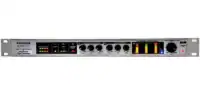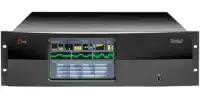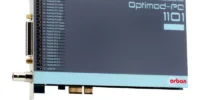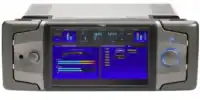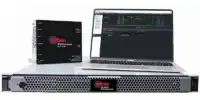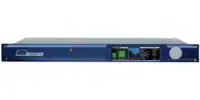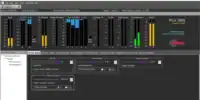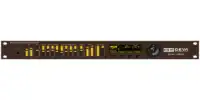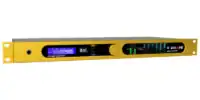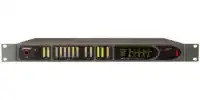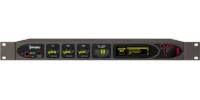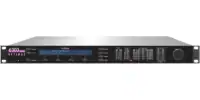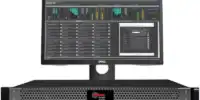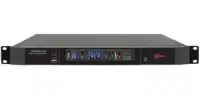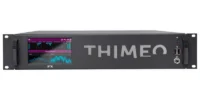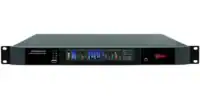2WCOM
ABE
Advanced Acoustics
AEA Technology
AEQ
AEV
AKA Design
AKG
Alice
Allen & Heath
Altronic Research
Alupro
Amphenol Procom
ANDREW
Aphex
Aqua Broadcast
Associated Broadcast Consultants
Audessence
Audio & Design
audio-technica
AudioScience
Autel Robotics
AVT
AxelTech
BARIX
Belar
Beyerdynamic
Biquad
Broadcast Concepts
Broadcast Electronics
Broadcast Radio
BW Broadcast
Clark Masts
Coaxial Dynamics
CRL
D&R Electronica
DB Broadcast
dbx
Deepace
Delta Electronics
Delta Meccanica
Denon Professional
DEVA Broadcast
Digigram
DREAM Transmitters
ECRESO
Eddystone Broadcast
Electro-Voice
Elenos
Eurotek
Eurotel
Fostex
Furman
Genelec
Gestitel Broadcast
Glensound
Heil Sound
Henry Engineering
IM Eletronica
Information Station Specialists
Inovonics
ITALAB
ITEL Elettronica
König & Meyer
KVARTA
Label Italy
LBA Group
Mackie
MagicSoft
MARIAN
MaxxKonnect
Moonraker Antennas
Nautel
Neumann
Norton Broadcast
NTi Audio
Olympus
OMB
Omnia Audio
ONAIR
Orban
PCS Electronics
Penn Elcom
PHANTOMTRONICS
Quark Broadcasting
Radiosoft
RAmiaudio
Retex
RF Power Labs
RF Technologies
RFE Broadcast
RFmondial
RigExpert
RIGOL
Røde Microphones
Rolls Corporation
RVR Elettronica
SCREEN
Sennheiser
SES
Shure
Sielco
Sigmacom
Sinteck
SIXARMS
SMC
Solidyne
Sonifex
StationPlaylist
SUONO
SYES
Tannoy
Tascam
Technica Del
Telos
TEM
Thimeo Audio Technology
Tieline
TRU
Ubiquiti
Voceware
WaveArt
Wisycom
Work Pro
Worldcast Systems
Zoom
